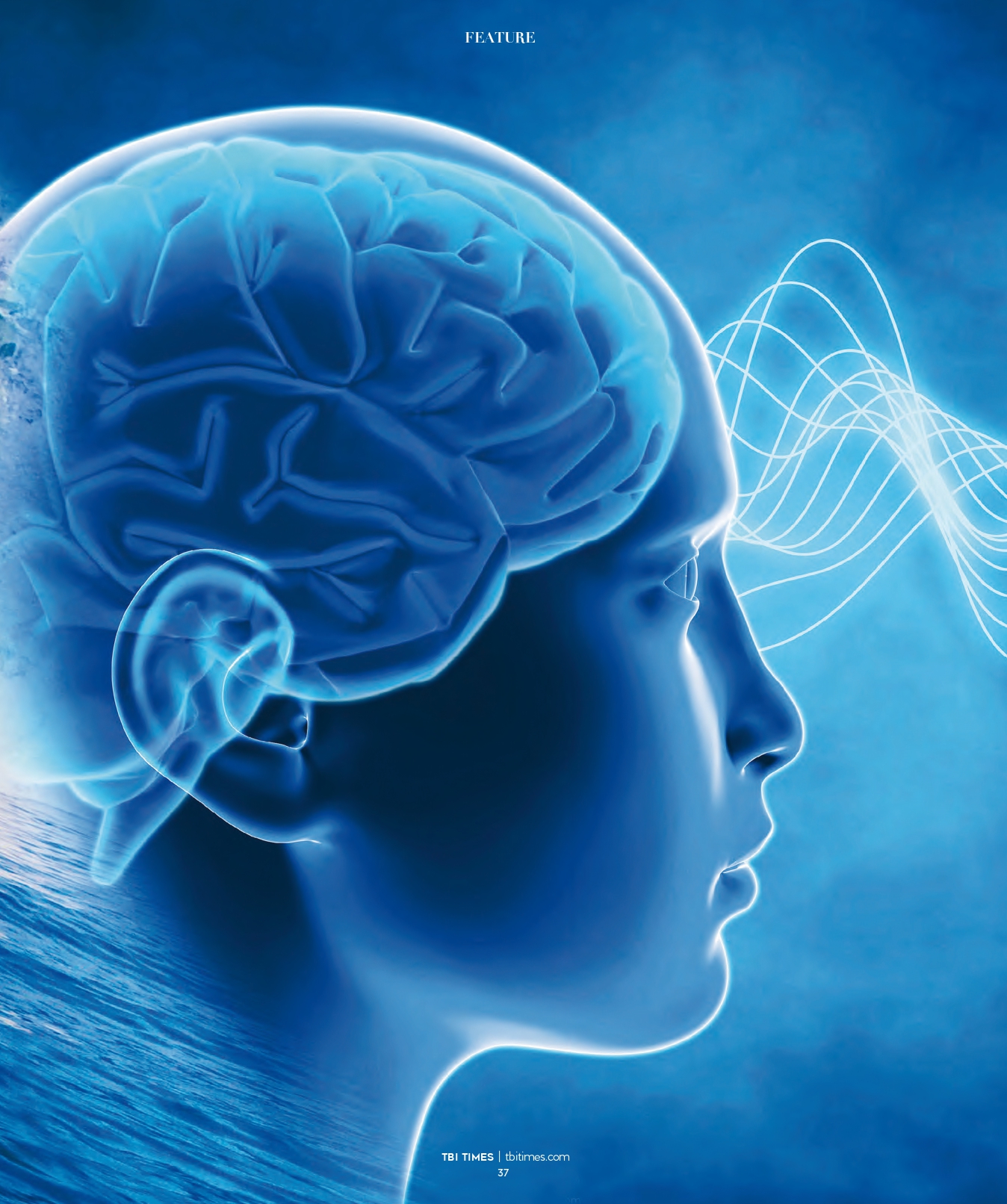
Neuroscientists in Germany and the US have recently shown
that brain tsunamis, waves of cell depolarization — massive
short-circuits of the neurons — sweep the cortex within
ten minutes of cardiac arrest. These waves of spreading
depolarization mark the beginning of the end, and trigger
a gradual poisoning of neurons. They recorded brain
tsunamis not just as people died but also after other critical
events, such as a brain hemorrhage. Their findings coul
have immediate application in emergency centers and
critical-care wards.
Dr. Jens Dreier at the Center for Stroke Research Berlin
and Dr. Jed Hartings at the University of Cincinnati saw
an opportunity to apply these principles to their work in
neurocritical care. Their centers monitor the brain activity
of patients with brain conditions, such as traumatic brain
injury or bleeding after an aneurysm. This neuromonitoring
involves putting electrodes either directly onto the surface
of the brain or deep into the cerebral cortex. Clinicians
can then record electrical activity directly from the cortex.
Beyond serious motor vehicle accidents and militaryrelated incidents, causes of polytrauma can also include knife
wounds, physical altercations, gunshot wounds, fire-related
injuries, and falls from elevated heights. Polytrauma often
involves a combination of TBI with other debilitating injuries
such as serious eye damage, hearing damage, amputations,
spinal cord injury, and severe burns. In addition, some
individuals experience post-traumatic stress disorder (PTSD).
Historically, polytrauma survival rates have been low,
however, with advances in medical technology these statistics
have greatly improved.
TREATMENT OF POLYTRAUMA PATIENTS WITH TBI
In medical terms, the presence of TBI in a polytrauma patient
is referred to as Polytrauma and Concomitant Traumatic
Brain Injury. According to the Journal of Neurosurgery,
clinicians face unique challenges from decision-making and
